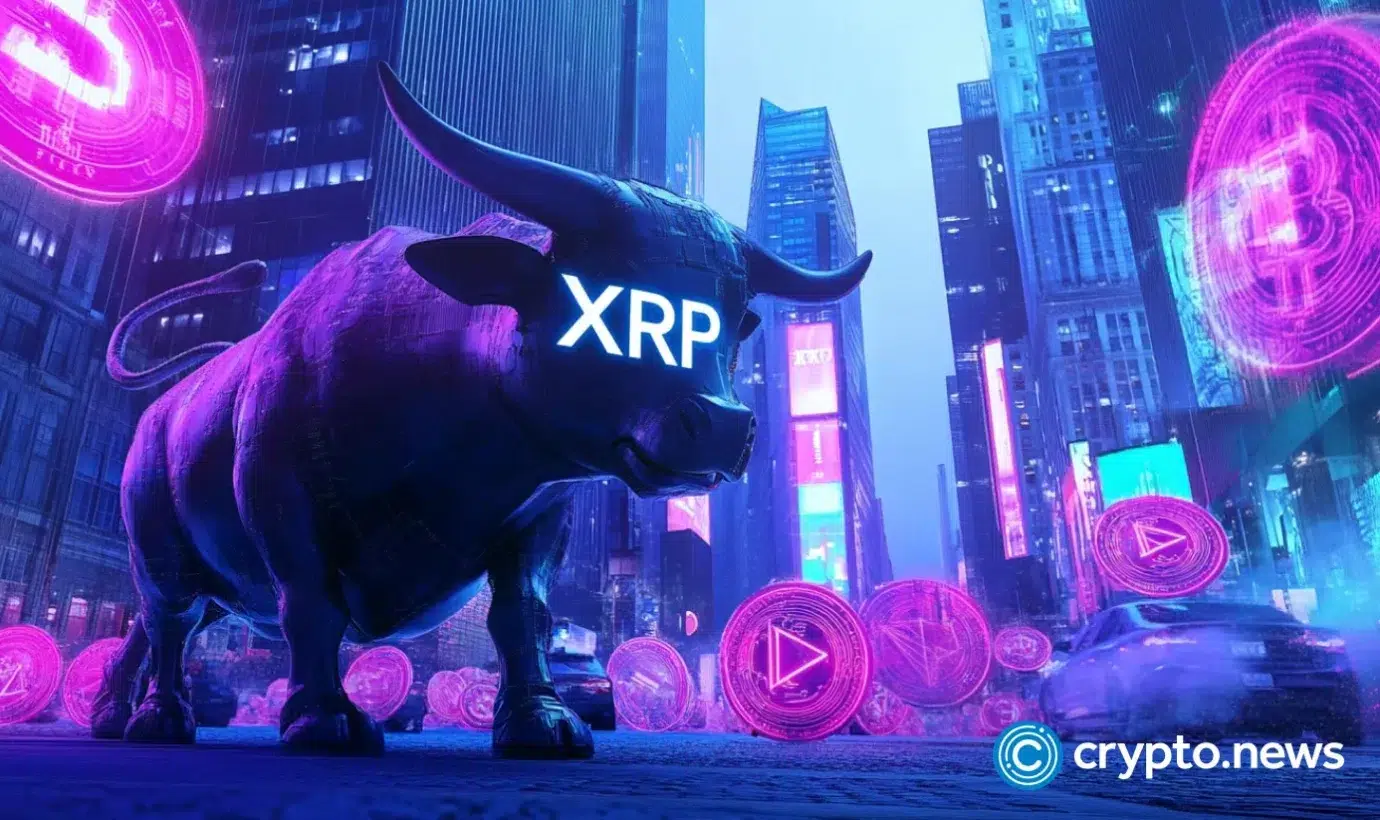Tesla (TSLA) Stock Jumps Following xAI’s $15 Billion Fundraising Round
TLDR
- Tesla shares reached $410.50 on November 20, gaining 2.3% after xAI fundraising news emerged
- Musk’s xAI is securing $15 billion at a $230 billion valuation, nearly double its March value
- Tesla shareholders cast 1.1 billion votes supporting a potential xAI investment during their annual meeting
- The stock closed Wednesday at $403.99, up 0.7% as AI-related optimism lifted shares
- Arizona granted Tesla a TNC permit for paid ride-hailing services with required safety drivers
Tesla shares climbed this week after reports surfaced about Elon Musk’s AI company raising capital. The stock gained momentum as investors evaluated the potential connections between the two ventures.
Shares hit $410.50 on November 20, representing a 2.3% increase over 24 hours. The Wednesday session saw the stock close at $403.99, up 0.7%.
Tesla, Inc., TSLA
xAI is raising $15 billion in fresh funding according to The Wall Street Journal. The round values the AI startup at approximately $230 billion.
That marks a substantial increase from the $110 billion valuation xAI carried in March. The company completed a merger with Musk’s X platform earlier in the year.
Musk holds roughly 50% ownership in xAI. The new valuation could boost his net worth by $50 billion to $60 billion.
During Tesla’s November 6 shareholder meeting, investors weighed in on a potential xAI investment. The advisory measure received 1.1 billion supporting votes against 916 million opposed.
While non-binding, the vote demonstrates shareholder interest in xAI’s trajectory. The overlap between both companies’ AI ambitions makes the relationship noteworthy.
Technical Analysis Shows Mixed Signals
The 50-day moving average sits at $402 and has begun trending upward. However, the 200-day moving average near $435 continues blocking upside progress.
The stock’s 52-week range spans $214.25 to $488.54. Current pricing places shares near the middle of that spectrum.
Volume increased during the recent rally, lending support to the move. The RSI indicator recovered to 58 from oversold territory.
Wedbush analyst Dan Ives anticipates Tesla pursuing an “investment and partnership” with xAI. No formal arrangement exists currently.
AI Focus Drives Valuation Multiple
Wall Street increasingly treats Tesla as an AI play rather than a traditional automaker. Autonomous driving and robotics programs underpin future growth expectations.
The company carries a $1.3 trillion market cap with shares trading at 180 times projected 2026 earnings. Those metrics reflect AI-driven revenue assumptions.
Recent earnings showed record revenue but operating margins face headwinds. Research spending and stock compensation costs have risen.
Profitability metrics remain under pressure. Analysts believe news flow will continue driving sentiment until execution improves.
Arizona Permit Expands Mobility Plans
Tesla obtained a TNC permit in Arizona for commercial ride-hailing operations. State rules require vehicles to maintain drivers or safety monitors.
The permit allows Tesla to compete in Phoenix’s autonomous mobility sector. Companies like Waymo already operate in the market.
The stock’s high beta of 1.87 signals continued volatility. Technical analysts project near-term trading between $380 and $450.
A breakout above $450 could target the yearly high near $488. Downside support exists at $390, with stronger levels at $370 and $345-$350.
The chart pattern suggests a developing symmetrical triangle. Higher lows from October and lower highs from July create the formation.
The post Tesla (TSLA) Stock Jumps Following xAI’s $15 Billion Fundraising Round appeared first on Blockonomi.
You May Also Like

REX-Osprey’s XRP ETF hits $24m as day 1 volume outpaces futures debut

Zcash (ZEC) Rips While Bitcoin Dips — Can This Privacy Coin Run 49% Higher
